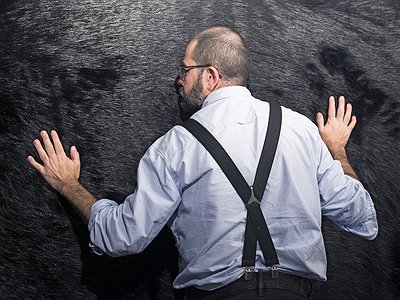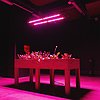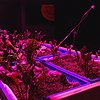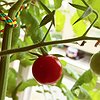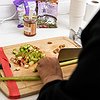Part 1
Name: David Velez
Nationality: Colombian
Occupation: Sound artist, researcher
If you enjoyed this David Velez interview and would like to know more about his work, visit his project Habitat Sonoro's website or Instagram account.
There exists, as has been pointed out, a fascinating “attraction of humans to plants, and other non-human organisms.” What causes this attraction, do you think? And what caused it for you personally?
Biologist Edward O Wilson suggested that this attraction obeys gratitude towards the contribution of plants to our current biological development and called this phenomenon biophilia, a consequence of millions of years of coevolution manifested as affection and cherishment. It is the principle of Care Farming and other therapeutic developments in horticulture and mental health, where cultivating plants effectively synchronises the human body to its organic flux, decreasing the risk of depression and anxiety.
[Read the New York Times's article on Edward O Wilson]
My fascination towards plants started at a very young age when I visited a forest near my house looking for trees -and mushrooms- whose colours and shapes I observed and retained to draw afterwards. Later, when I studied biology in school, this interest bloomed, as when I published a monologue story in the school newspaper about algae and how their quietude helps them perceiving things with greater detail and depth, an idea that I later encountered in the theories on plant philosophy by Michael Marder, Jeffrey Nealon and Luce Irigaray.
Cooking, which I do frequently, has also influenced and enriched my interest in plants, as I use home-grown rhubarb, basil and coriander, among other ingredients. My current artistic interest in this subject ignited after collaborating with Elena Villamíl (Colombian farmer, cook and artist) during the 45 National Art Salon in Colombia in 2019, where we created “Echoes of Chicha”, a sound performance exploring the brewing sounds of this ancestral maize-based beverage, which is a symbol of peaceful resistance in Colombia. 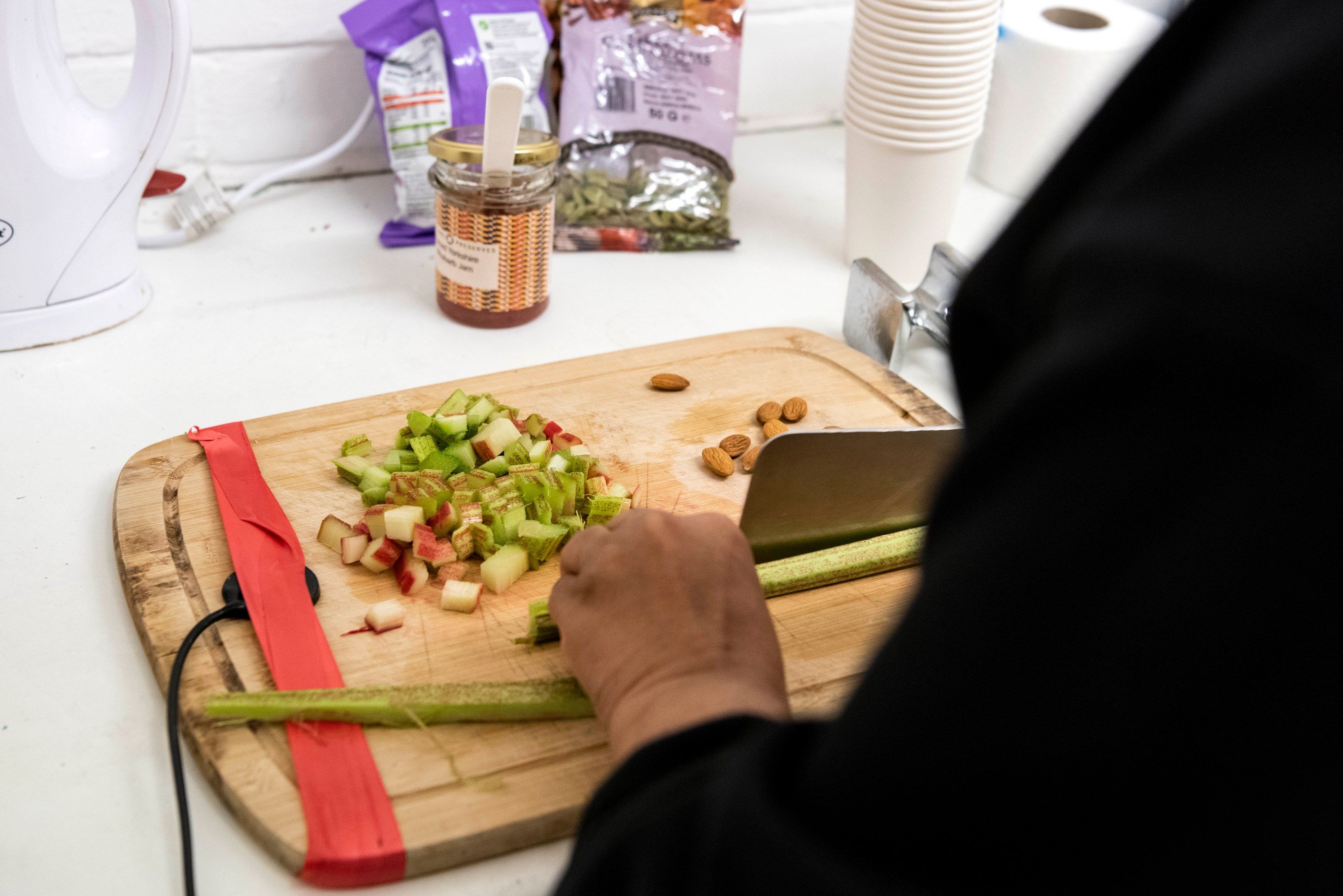
The relationship of Elena with her urban farm, implementing food to resist gentrification, is inspiring and influential in my practice.
Including your work with food, you have been pretty hands on in your horticultural work. What did your personal experiments in this regard look like and what were their outcomes?
Since the 1960s, we know that the growth and health of edible plants can respond positively to some sounds and negatively to others. Today, we understand that this response might be the result of acoustic vibration opening the stomata or plant pores, allowing for better respiration and transpiration, which improves nutrient intake.
In my research, between 2020 and 2021, I studied the response of Boltardy beetroots to sine waves in the mid and high range, combined with Foley insect sounds and soil-transmitted human voices. I did an initial test in the summer of 2020 in my studio in England using window light with satisfactory results in terms of stem growth.
The second and conclusive experiment was advanced in the Lab3 salon of the MAMM (Modern Art Museum in Medellín) in Colombia for the exhibition “One Last Perfect Day”, for which we used artificial lighting as the space has no access to sunlight. Here, the visitors were invited to speak to the roots of plants, which they enthusiastically and affectionately did by speaking to a microphone connected to a transducer that spread the vibration through the soil.
The yield of this second testing grew with vigour, resisting a moth plague and thriving despite the absence of actual sunlight. After harvest, the flavour was assessed by Elena who concluded that sweetness was enhanced compared to Boltardy beets she grew and cooked before. The sounds used in this experiment / installation were published by the label Sublime Retreat as Beta Vulgaris which was mentioned in The Wire’s user's guide to music made from flora, written by Carlo Patrao.
In the summer of 2022, I studied the response of Cherry tomatoes to a combination of high sine waves (1-10 kHz), by stimulating one plant and growing another one as a control -no stimuli. The plant exposed to sound grew quicker and substantially taller and yielded slightly smaller tomatoes in comparison to the control plant. Furthermore, after tasting them with a group of friends, we noticed that the produce exposed to sine waves was somewhat savourier than the control. The sounds used in this experiment can be downloaded from my Bandcamp page as Acoustic energy: music to stimulate plants.
While the samples tested in the beet and tomato experiments are too small to be presented as scientific evidence, and considering the subjectivity pertaining how we assessed flavour, these experiments have helped me understand how edible plants sense sound and how it can lead to a reciprocated artistic practice that supports their well being and means of survival through practising and promoting urban horticulture.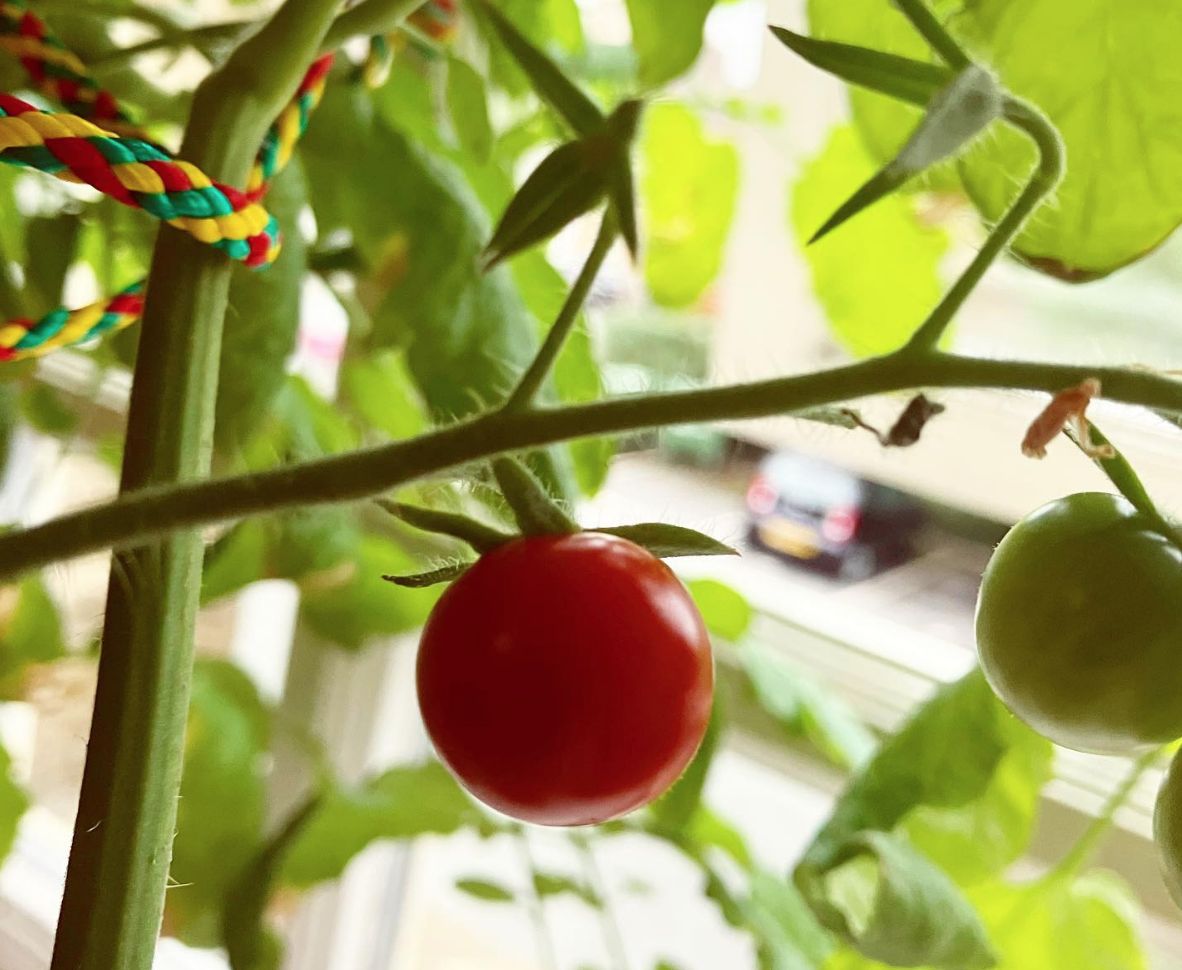
From the beginning, it seems, your interest in the topic (sound and horticulture) seems to have been connected to your interest in sound. This is actually not a trivial connection. How would you describe it and the role that sound plays in your work around horticulture?
My artistic interest in food and horticulture first started between 2013 and 2016 when I worked in rural areas of Colombia and Italy, leading workshops and participating in residencies where the sounds of farming and cooking became central in the projects advanced. This interest led me to pursue and obtain a PhD in Sonic Art and Music Technology (2017-2021 University of Huddersfield, UK) in the acoustics of food, where I learned about experimental horticulture using sound, critical in my sonic art.
I study food because it brings people together, occupying a big part of our everyday lives and providing meaningful moments of joy and nourishment. However, we can also distinguish a sinister dimension to food and farming, as happens when weaponized for military purposes or when the pharma industry acquired control over the intellectual property of the seeds of edible plants to modify their genetic coding according to their agenda.
I do talk to cats and even sang to one who really loved it. But when it comes to plants, I have always been sceptical. When we're talking to plants – aren't we actually just talking to ourselves, similar to a prayer? Why do you feel it might be different?
Research by the Royal Horticultural Society and the National Institute of Agricultural Biotechnology in South Korea evidenced an enhanced growth and health when humans speak to plants, especially when it is done in an affectionate manner. Otherwise, when they are talked to aggressively, their growth deteriorates.
It is possible that the frequencies and levels that predominate when we speak affectionately help nourishment via plant respiration and transpiration, while the sounds we make when we insult could affect these processes negatively. However, and considering how plants advance associate learning by pairing different stimuli, it is possible that they connect the vocal sounds of a loving person with care and attention previously received -watering, spraying, soil care- and the sounds of a person being aggressive with experiences of neglect and carelessness -drought, drowning, uncontrolled pests.
Or maybe their positive reaction is the manifestation of plants establishing comforting familiarity with their environment through the reception of a human voice.
Plants do not have ears, but they do have what you refer to as a “non-cochlear sensibility to sound.” How does this work and is there any way we can imagine how plants experience it?
As mentioned earlier, experiments in horticulture and research in environmental bioacoustics suggest that plants listen through their dermis and receive acoustic vibration as acoustic energy; and they are susceptible to sounds undetectable by the human ear -as in infra and ultra frequencies. Plant roots are known for their receptiveness to sound, as evidenced in experiments by Monica Gagliano, Christian H. Mohr, and Dorothy Retallack.
It is also fascinating how vegetal organisms use their sonic sensibility to learn about their environment using association to support growth, reproduction and survival. For instance, when the arabidopsis thaliana plant detects a predator attacking a conspecific, it pairs the stimuli from the smell of the wounded fellow plant with the sound from the chewing sounds made by the predator.
This way, the next time the plant senses the chewing sounds of that predator approaching, they will use this vibration as energy that will invigorate them to resist the effects of a potential attack, like a sonic shield.
Recently, there was an interesting Facebook post you, among others, commented on – about the many pseudo recordings of plant “music”. How do you see these recordings which often sound pleasant enough?
This much-needed discussion is not new, as the interest in plants and sound from an artistic / musical perspective dates back to the 1970s when John Lifton placed sensors on plants to modify audio and video signals in interdisciplinary laboratories of performance art. Contemporaneously, Dorothy L. Retallack advanced experiments exposing squash plants to music, observing the effects in shape and behaviour.
The practice of Retallack and Lion illustrate the two approaches that have characterised sound practice with plants, about which curators Danni Zuvela and Karolin Tampere establish two categories: Sound art made with plants and sound art made for plants. The first has been characterised by using sensors to measure neuroelectric activity to process it, as in the practice of artist Michael Allen Z Prime, who advances a thorough, sensitive and outstanding work approaching plants as collaborators where their agency is reassured.
Unfortunately, some artists and instrument developers implementing plant-sensing methodologies have placed more emphasis on the processing than on the signal itself, returning anthropocentric versions of the utilised plants, which is evident in the ambient, new age, urban and electronic stylistic qualities predominating in many of these artworks, which often are frivolously labelled as “plant music” or “music by plants”.
For me, it is problematic because this approach surfaces an extractivist and colonial element, exacerbated when practitioners use sensors implementing needles and strong glue, which could hurt the sensitive dermis of some plants.
The emphasis on making music with plants in the arts has relented a much-needed artistic investigation on how they perceive sound and how it can help bring forth a biodiverse and interspecies understanding of sound, which is what I am trying to do with my work, which finds a stronger affinity with the second category presented by Tampere and Zuvela.
The question does remain – if there is music or sound in plants, where would we find it? And how do we capture and listen to it without superimposing our own, human models of listening to it?
Perhaps the most accurate means of identifying sonic art made with or by plants is by looking for artists recording, publishing and exhibiting the sounds vegetal organisms produce. While most field recordists today are aware of the potential extractionist element in our practice, plant recordings have substantial ecological value, providing cues to dimension the contribution of vegetal organisms to the habitats they sustain.
Lee Patterson did compelling recordings of pondweed using a hydrophone, revealing how they affect their acoustic environment when creating sounding bubbles, a product of photosynthesis. Another case of plants making sounds are forced rhubarbs growing in dark shades as part of a horticultural process that deprives them of sunlight to photosynthesize, enhancing their sweetness. Here, their stems grow to an exceptional height, producing a popping-squeaky sound that many describe as alien or animal-like.
In March of 2022, I had the fortune to listen to and record forced rhubarbs with fellow artist and friend Duncan Chapman at Robert Thomlinson farm, which was one of the most fascinating listening and recording experiences I had, rewarding us with recordings we exhibited in the installation “Singing in the Dark”.
It is also worth mentioning that many terrestrial plant species produce sounds at audible and infra and ultrasonic frequencies when they make tiny imploding bubbles (cavitation) in the vascular tissue of plants when experiencing stress after drought.
Michael Perks suggests that these sounds might be alerts for other plants and insects warning of poor irrigation. The sounds of cavitation are subtle, requiring sensitive optical and acoustic devices like vibrometers and accelerometers for their measurement.




